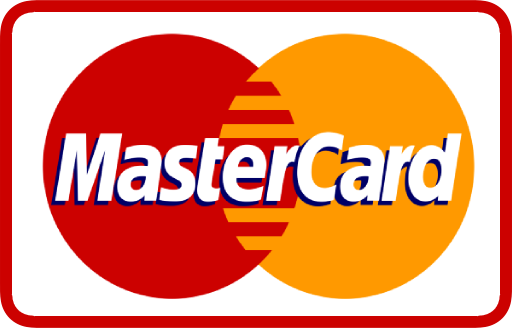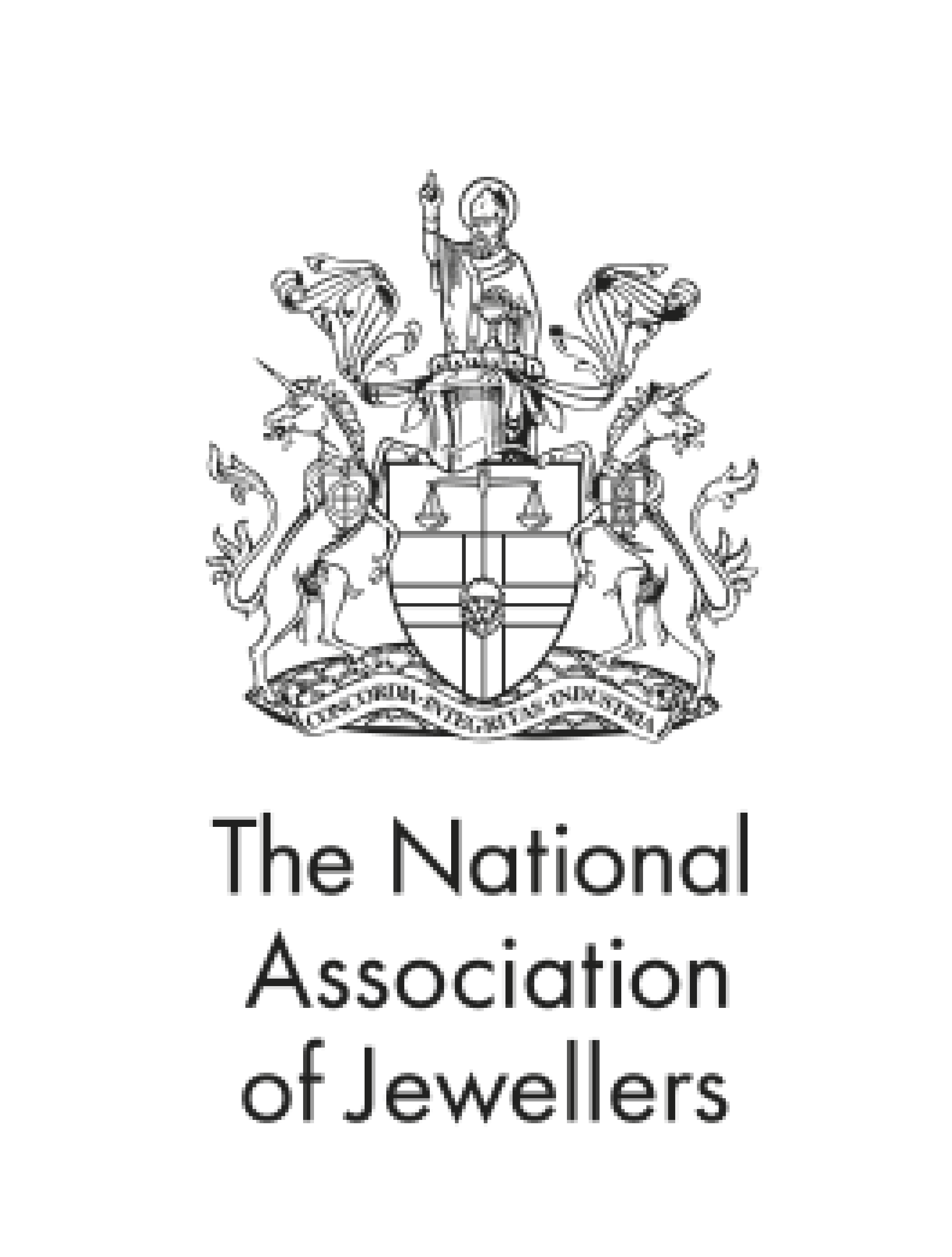Engagement rings vary in multiple types of metal, from silver to platinum, and, in more recent years, we have seen the resurgence in popularity of the yellow gold band. Although throughout the years, trends, styles and materials have changed, engagement rings are still synonymous with the promise of love and commitment.
Historical Materials of Engagement Rings
A cherished symbol of love for centuries, originating from Ancient Rome, materials like ivory, flint, bone, copper and iron were used to affirm mutual love between parties.
In 850 CE, engagement rings were given an official meaning by Pope Nicholas I, declaring that the engagement ring represented a man’s intent to marry. At a time where the Catholic church took precedent, the act of marriage became a powerful notion.
During the medieval period, wealthy classes utilised more precious metals like silver and gold for Poesy rings, silver bands with intricate designs. The ring, acting as a token of love or friendship, became popular between lovers and often included a line of poetry of the inside of the band itself.
The First Diamond Engagement Ring
The first recorded diamond engagement ring dates back to 1477 BCE, where the Archduke Maximilian of Austria presented a gold, diamond ring to Mary of Burgunday. The solid gold ring was set with roughly shaped diamonds, in the shape of the letter “M”.
The act sparked a trend amongst European aristocracy and nobility, and diamonds became the precious stone of choice for engagement rings.
Edwardian Engagement Rings: Opulence and Elegance
Platinum became more widely popular and available after 1900 because of the industrial revolution, and quickly became the choice of metal for engagement rings for the Edwardian era.
Echoing opulence and elegance, Edwardian engagement rings can be recognised by their delicate designs in white metal and glittering white diamonds, a development on the heavier victorian engagement ring styles from years before.
Edwardians favoured the geometric style and streamline Art Deco fashion. The strength of platinum made it ideal for creating thin settings with intricate Filigree designs and clusters of diamonds.

Engagement Rings During the War
During the first world war, platinum was being repurposed for artillery and structures to help those on the front line. As a scarcity in precious metals, many had to divert to other metals that were more accessible and in a suitable price range.
In WWII, yellow gold, usually complemented with synthetic gemstones, or diamonds that had been reset from older pieces, became the most popular choice in engagement ring style.

Diamonds are Forever
The 1947 campaign “Diamonds are Forever” by De Beers took the diamond and jewellery realm by storm. Diamond industry conglomerate, De Beers, controlled 80%-85% of rough diamond distribution up until the 21st century.
With an incredible foothold on the market, De Beers led diamonds back into the precious stone of choice for engagement rings.

Engagement Rings of Today
Though engagement rings have changed in style and fashion over the last hundred years, and today, we are seeing a resurgence in vintage style rings.
As the vintage aesthetic returns, platinum, yellow gold and clusters are resurfacing, echoing the designs of the Victorian and Edwardian era, with a modern twist. Coloured gemstones are also returning to the market, sapphires and rubies are a unique alternative for your engagement ring.

Yellow Gold Engagement Rings
Yellow gold is the most traditional and timeless option for engagement rings, often associated with warmth, classic elegance, and enduring romance.
Its rich hue pairs beautifully with both vintage and contemporary ring designs, especially when set with warmer-toned gemstones like sapphires or rubies. As a relatively soft metal, pure yellow gold is typically alloyed with metals such as copper and silver to improve its strength and durability.
While this makes it slightly more tarnishable, it is also easier to repair and polish. Yellow gold does not require re-plating, making it a low-maintenance choice for long-term wear. If you are exploring how to maintain your yellow gold engagement ring, read our Jewellery Care Guide.
White Gold Engagement Rings
White gold is a popular choice for engagement rings, admired for its sleek, modern appearance and its ability to complement a wide range of gemstones.
It is typically alloyed with metals such as palladium or nickel and coated with rhodium to enhance its brightness and durability.
One of the main advantages of white gold is its affordability compared to platinum, offering a similar aesthetic at a lower cost. However, over time, its rhodium plating can wear away, needing a periodic re-plating to maintain its lustre and whiteness.
Additionally, those with metal sensitivities should be cautious, as white gold alloys may contain nickel, which can cause skin irritation in some individuals.
Platinum Engagement Rings
Platinum is prized for its rarity, strength, and naturally white sheen that does not fade over time. As one of the most durable metals used in fine jewellery, it is highly resistant to tarnish and ideal for securing precious gemstones in engagement rings.
Its density gives it a luxurious weight, often perceived as a symbol of enduring commitment and prestige. However, platinum is typically more expensive than both white and yellow gold, owing to its scarcity and the greater skill required to work with it.
Though highly durable, it is not immune to scratching; over time, platinum can develop a subtle, satin-like sheen. Some wearers may find this appealing, while others may prefer to have it professionally polished to restore its original finish.
Caring for your Engagement Ring
Each precious metal has its own care needs, due to the difference in hardness or the shines of the metals. Taking care of your engagement ring is key for it is longevity, like all jewellery. Explore our article, Caring for your diamond jewellery to find out more on how you can keep your diamond sparkling.
To preserve the brilliance of white gold, occasional re-plating with rhodium is recommended, along with gentle cleaning using mild soapy water and a soft cloth. Yellow gold should be polished periodically to maintain its shine, avoiding harsh chemicals that may dull its finish. For platinum, regular cleaning and professional polishing will enhance its natural lustre, though its patina can be left to develop if preferred.
We recommend that all rings should be stored separately in soft-lined boxes to prevent scratching. WOLF offers high-quality, luxurious jewellery boxes suitable for multiple occasions.
Engagement Rings at Michael Spiers
Discover elegant engagement rings at Michael Spiers. With our own collection, you can find the perfect engagement ring for your special moment.
If you are interested in taking that next step, we invite you to visit one of our showrooms in Truro, Plymouth, Exeter, or Taunton to find an engagement ring that fits your love story.









